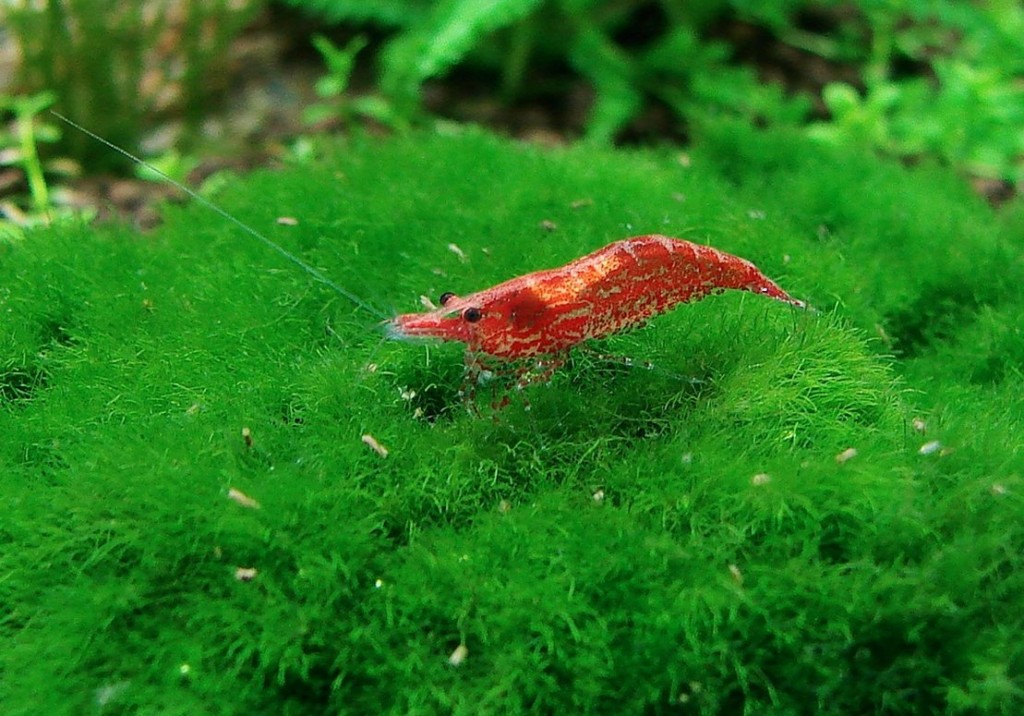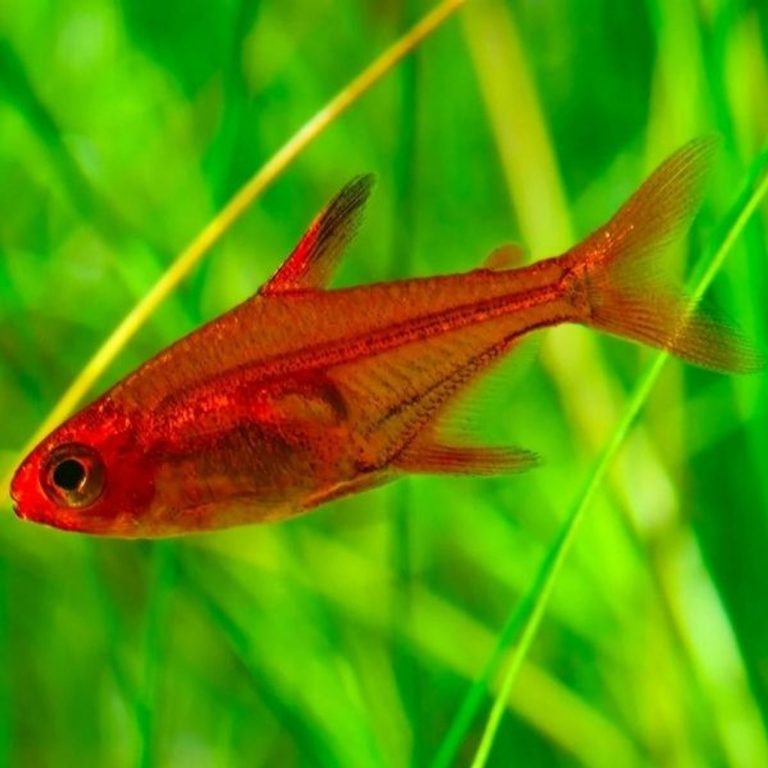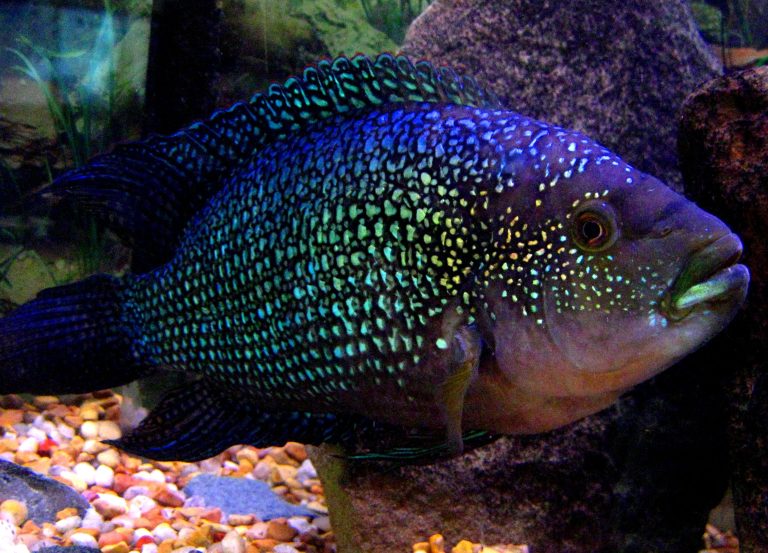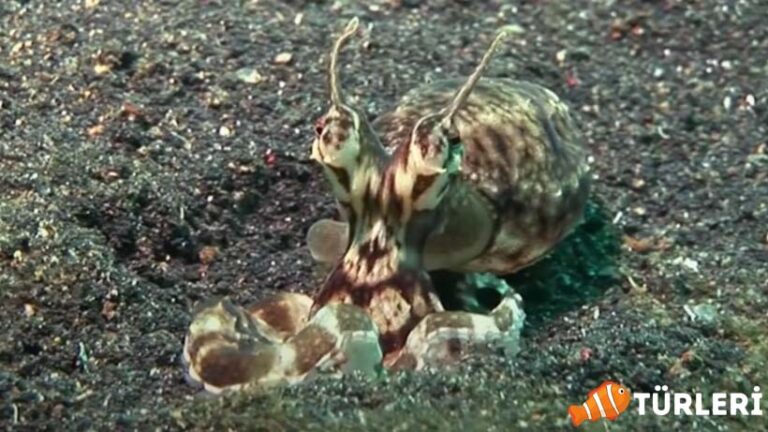Cherry Shrimp Care and Characteristics
The cherry shrimp is a colorful and eye-catching freshwater shrimp species that has become increasingly popular among aquarium enthusiasts in recent years. It is an ideal choice for both beginners and experienced aquarium hobbyists. In this article, we will discuss the characteristics and care of the cherry shrimp in detail.
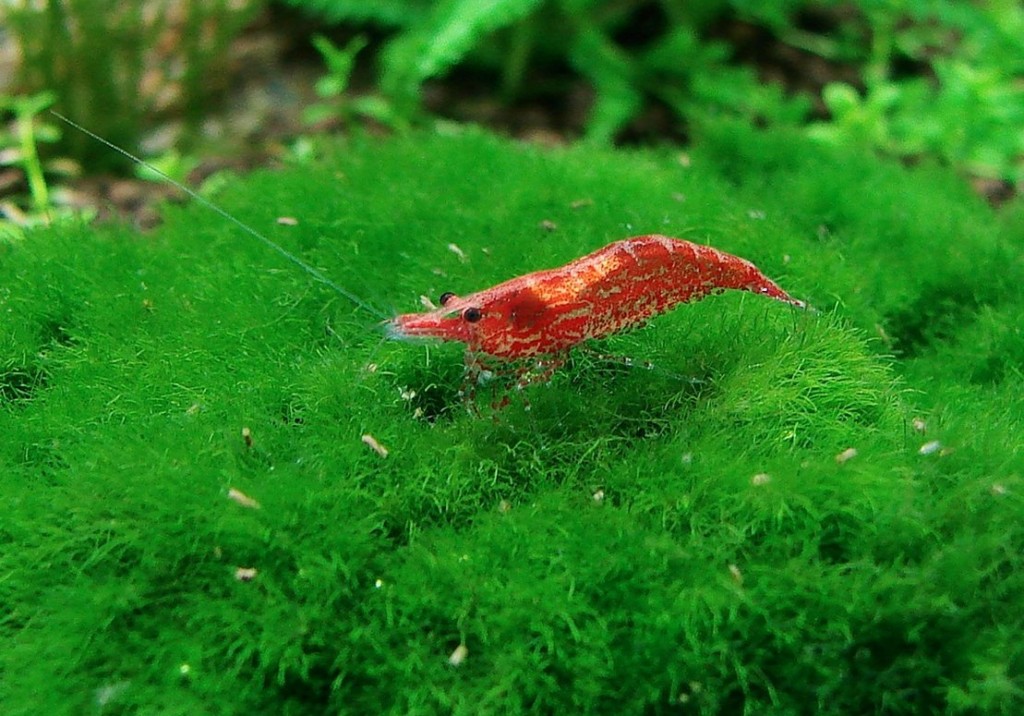
Cherry Shrimp Species Summary
| Scientific Name: | Neocaridina davidi |
| Origin: | Taiwan |
| Diet: | Omnivore |
| Behavior: | Peaceful |
| Behavior Towards Its Own Species: | Peaceful |
| Swimming Area: | All areas |
| Water Temperature: | 18 – 26 °C |
| Water Hardness: | 4 – 8 GH |
| pH Level: | 6.2 – 7.8 |
| Minimum Aquarium Volume: | 20 Liters |
| Adult Size: | 2.5 cm |
| Reproduction: | Give birth to live young |
| Lifespan: | 1 – 2 years |
| Care Level: | Easy |
Care Conditions
Aquarium Size:
Despite their small size, cherry shrimps are active and energetic creatures. A minimum of 10 liters of aquarium provides them with a healthy living space. However, if a large number of shrimps are to be fed in the aquarium or if they will live with other species, this capacity should be increased. In a larger aquarium, cherry shrimps can display their natural behaviors and be happier and healthier thanks to a larger living space.
Water Temperature:
The ideal water temperature for cherry shrimps is between 22-26°C. This temperature range keeps their metabolism rate at an optimum level and helps them have healthy reproductive activities. However, it is important not to go out of this temperature range and to avoid sudden temperature changes as this can lead to stress.
PH Level:
Cherry shrimps are freshwater creatures and the ideal pH level is between 6.5 – 7.5. This pH value is close to the values in their natural habitats. If the pH value of the aquarium water goes out of this range, it can negatively affect the health of the cherry shrimps.
Hardness:
Water hardness is also quite important for cherry shrimps. Ideal values are 6-8 for general hardness (GH) and 1-4 for carbonate hardness (KH). These hardness values contribute positively to the shell development and overall health of the cherry shrimps.
In conclusion, providing the right aquarium conditions for cherry shrimps is of critical importance for these creatures to lead a long and healthy life. It is always important to regularly check the water values and try to provide conditions as close to their natural habitats as possible.
Feeding:
Cherry shrimp is an omnivorous creature by nature. This means they can consume both plant-based and animal-based foods. In the aquarium, the main food sources for these shrimps are algae, detritus (dead organic matter), and dead plant residues. These materials are an important part of the cherry shrimp’s natural diet and provide them with the necessary nutrients.
However, for healthy growth and reproduction, it is recommended to feed them with specially produced shrimp feeds in addition to these natural food sources. These feeds usually contain all the essential nutrients needed by the shrimps.
To increase the variety of food and ensure the shrimps have a more balanced diet, they can occasionally be fed with boiled vegetables. Especially spinach, cucumber, and zucchini are rich mineral sources for the shrimps. Boiled vegetables, when they reach a soft texture, are easily consumed and can help in the healthy development of the cherry shrimp’s shell.
Additionally, feeding them occasionally with protein-rich foods is also beneficial. Carefully portioned frozen daphnia or micro-worms can serve this purpose.
Lastly, it is important to avoid overfeeding. Excessive feeding can deteriorate the water quality of the aquarium and negatively affect the health of the shrimps. Feeding frequency and quantity should be adjusted according to the number of shrimps in the aquarium and other food sources available.
Reproduction:
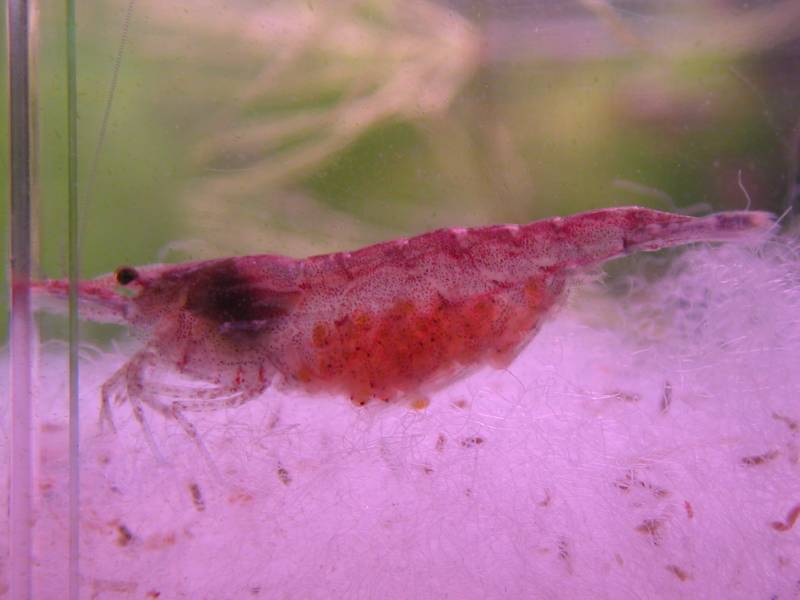
Cherry shrimp are among the easiest creatures to breed in an aquarium environment. However, this breeding activity can be optimized by ensuring certain fundamental conditions.
First and foremost, a suitable environment for breeding needs to be created. For cherry shrimp, an aquarium with dense vegetation and secluded spots for hiding is ideal. These areas allow the females to protect their eggs and provide a safe space for the offspring during their initial days.
The water conditions must also be suitable for breeding. A water temperature of 22-26°C (72-79°F), a pH level of 6.5 – 7.5, and appropriate hardness levels create a conducive environment for cherry shrimp breeding.
Adequate and balanced nutrition can enhance the breeding activity of cherry shrimp. Specifically, feeds rich in protein can increase the egg-laying capacity of the females.
Female cherry shrimp carry their eggs underneath their abdomen, and these eggs are dark-colored and easily visible. Approximately 3-4 weeks later, tiny offspring emerge from these eggs. Although the newborns are initially microscopic in size, they can grow rapidly with sufficient nutrition and a protected environment.
Lastly, it is important that there are no aggressive fish species in the aquarium, as this is crucial for the successful breeding of cherry shrimp. Aggressive fish can harm or even eat the shrimp offspring.
In summary, proper water conditions, balanced nutrition, and a protected aquarium environment are essential for the healthy and successful breeding of cherry shrimp.

Care Recommendations:
- Planted Aquarium Design: The natural habitat of cherry shrimp includes wetlands with dense vegetation. Therefore, by creating a planted aquarium, you can mimic their natural environment. This not only makes your shrimp comfortable but also allows you to observe their natural behaviors. Algae, water plants like java moss, and driftwood are ideal hiding places for cherry shrimp.
- Regular Water Maintenance: The health of cherry shrimp is directly linked to water quality. By changing 20-25% of the water weekly or biweekly, you can maintain the freshness and cleanliness of the water.
- Peaceful Neighbors: Cherry shrimp have a calm and peaceful nature. Therefore, it is best to keep them with other peaceful fish species. They get along well with small and calm fish like tetras, rasboras, or otocinclus. When kept with large or predatory fish, the shrimp can be used as food, so such combinations should be avoided.
- Proper Filtration: A proper filtration system is necessary to maintain high water quality. Sponge filters with air stones are ideal for cherry shrimp, as they clean the water and minimize the risk of shrimp or their offspring being sucked into the filter. Additionally, these filters provide a suitable environment for microorganisms that help algae grow.
- Balanced Nutrition: Since cherry shrimp are omnivorous, they require both plant-based and animal-based nutrients. Feeding them with specialized shrimp feed in a balanced manner is important for healthy growth and reproduction. Adding variety to their diet by feeding them different foods, such as boiled vegetables or frozen feed, a few times a week is also beneficial. By following these recommendations, you can ensure the health and happiness of your cherry shrimp, and provide them with the best possible care.
Cherry shrimp are a popular choice due to their visually appealing color and ease of care. Under the right care conditions, these creatures can accompany you for many years and enliven your aquarium. We hope this guide helps you in caring for your cherry shrimp.

